Understanding Postictal Hippocampal Lesions After Seizures
Researchers studied four patients, aged 53 to 78, who experienced seizures and were evaluated using MRI scans.
Latest on EEG and imaging in epilepsy, how tests predict outcomes and guide treatment, all presented in plain English for normal people.
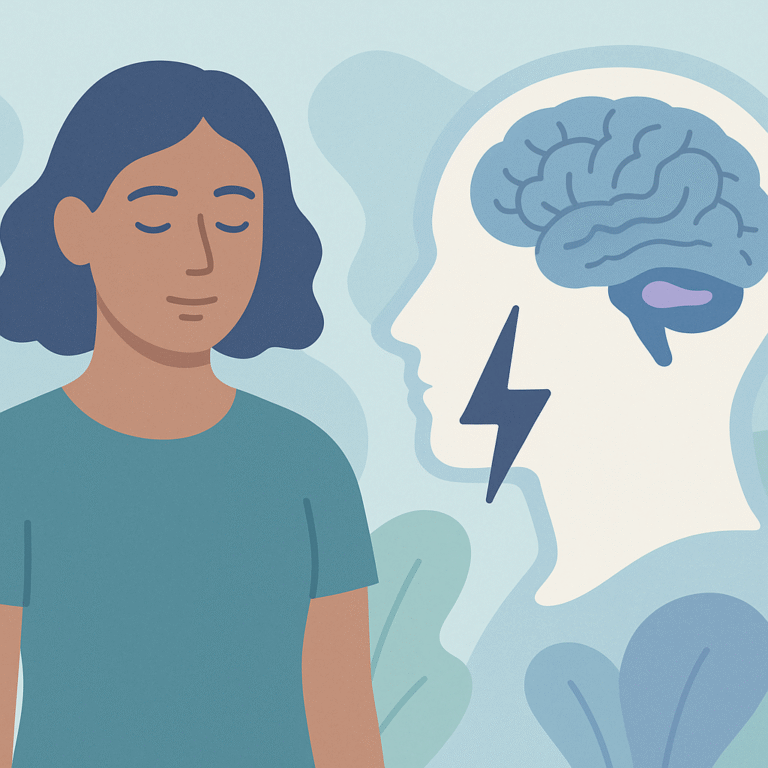
Researchers studied four patients, aged 53 to 78, who experienced seizures and were evaluated using MRI scans.

Researchers studied a case involving an 8-year-old boy with autism spectrum disorder (ASD) who experienced daily seizures.
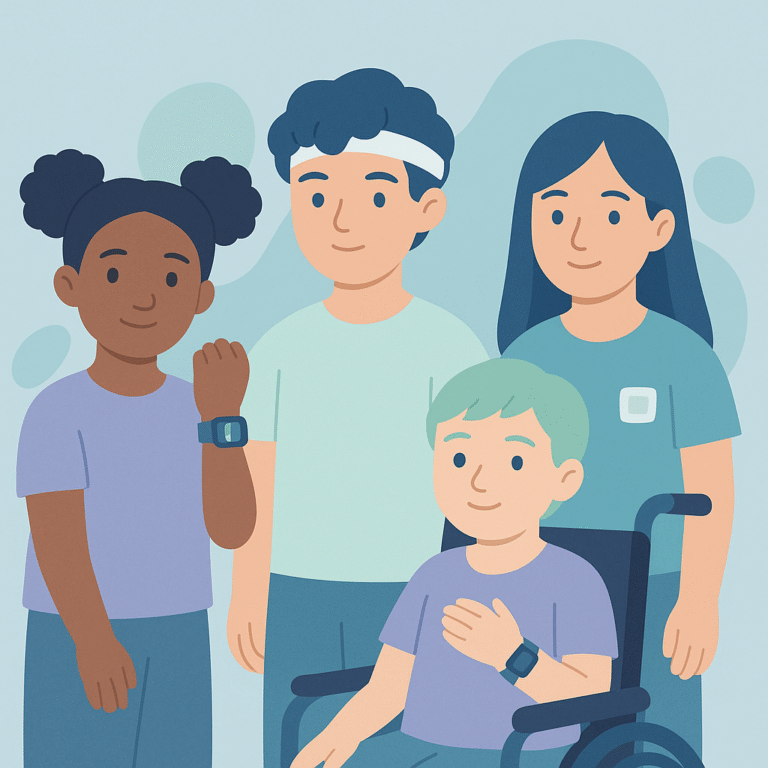
This study focused on children with self-limited epilepsy with centrotemporal spikes (SeLECTs), a common type of epilepsy in kids.

This study looked at children with a type of epilepsy called self-limited epilepsy with centrotemporal spikes (SeLECTS).

A study was conducted to compare two methods of inducing sleep for electroencephalography (EEG) tests in children with epilepsy.

This study looked at how effective long-term video electroencephalogram monitoring (LTVM) is for detecting seizures in children and teenagers, specifically those who were hospitalized.
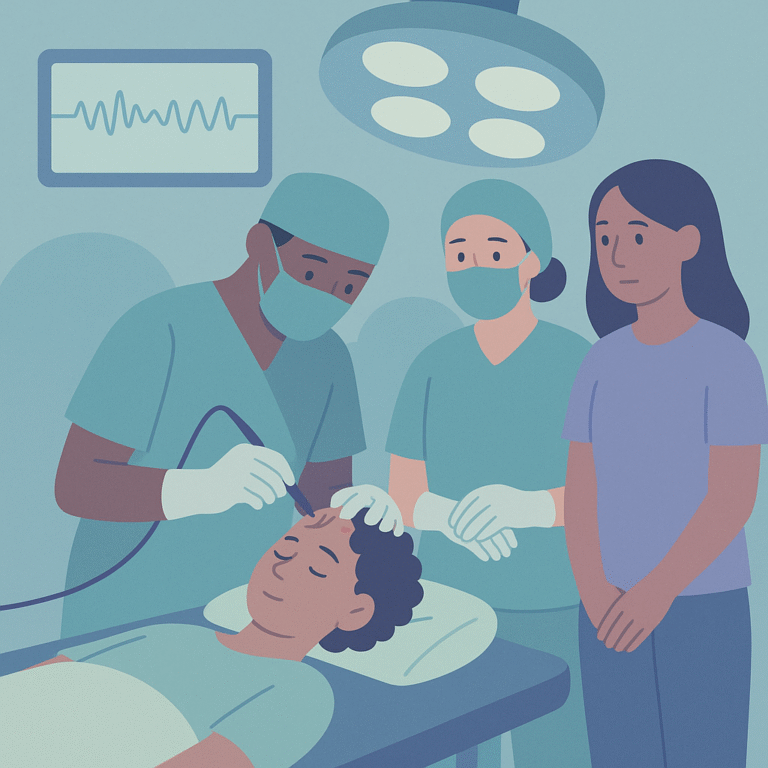
This study looked at how well epilepsy surgery works for people with autism spectrum disorder (ASD) who also have epilepsy.
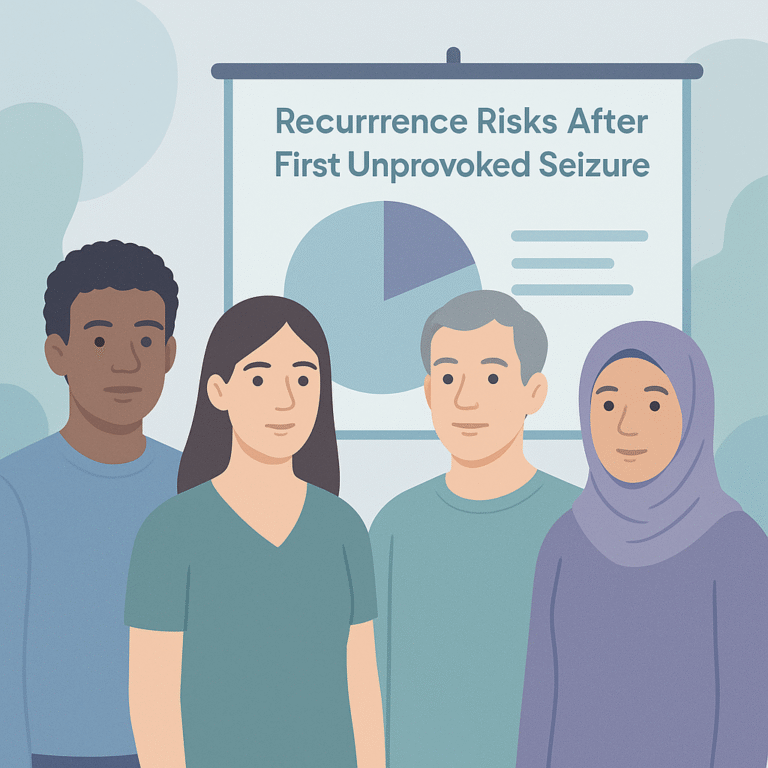
Researchers studied factors that might predict whether someone will have another seizure after experiencing their first unprovoked seizure.
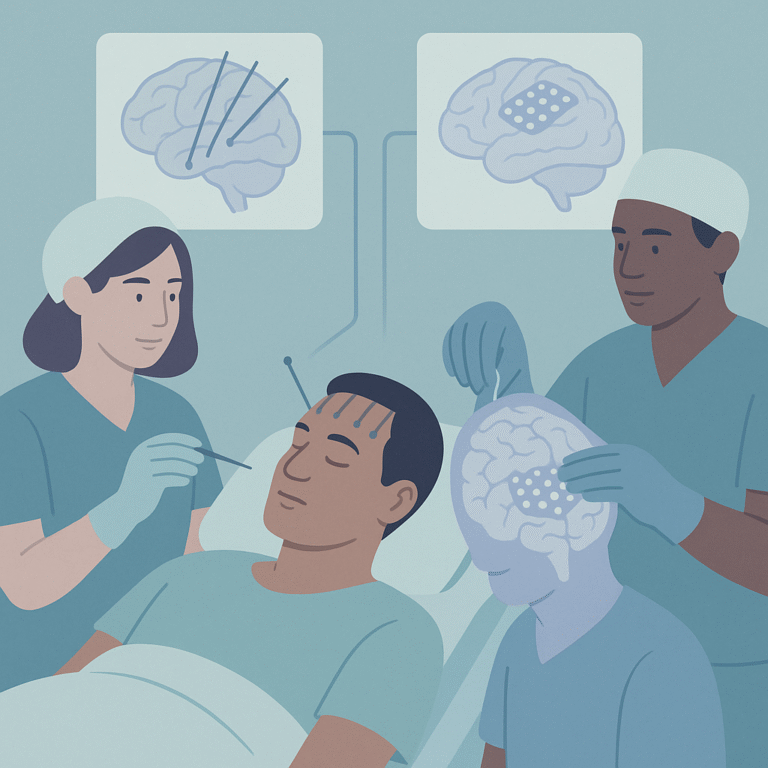
Researchers studied two methods used to monitor brain activity in people with epilepsy: stereoelectroencephalography (SEEG) and subdural electrodes (SDE).